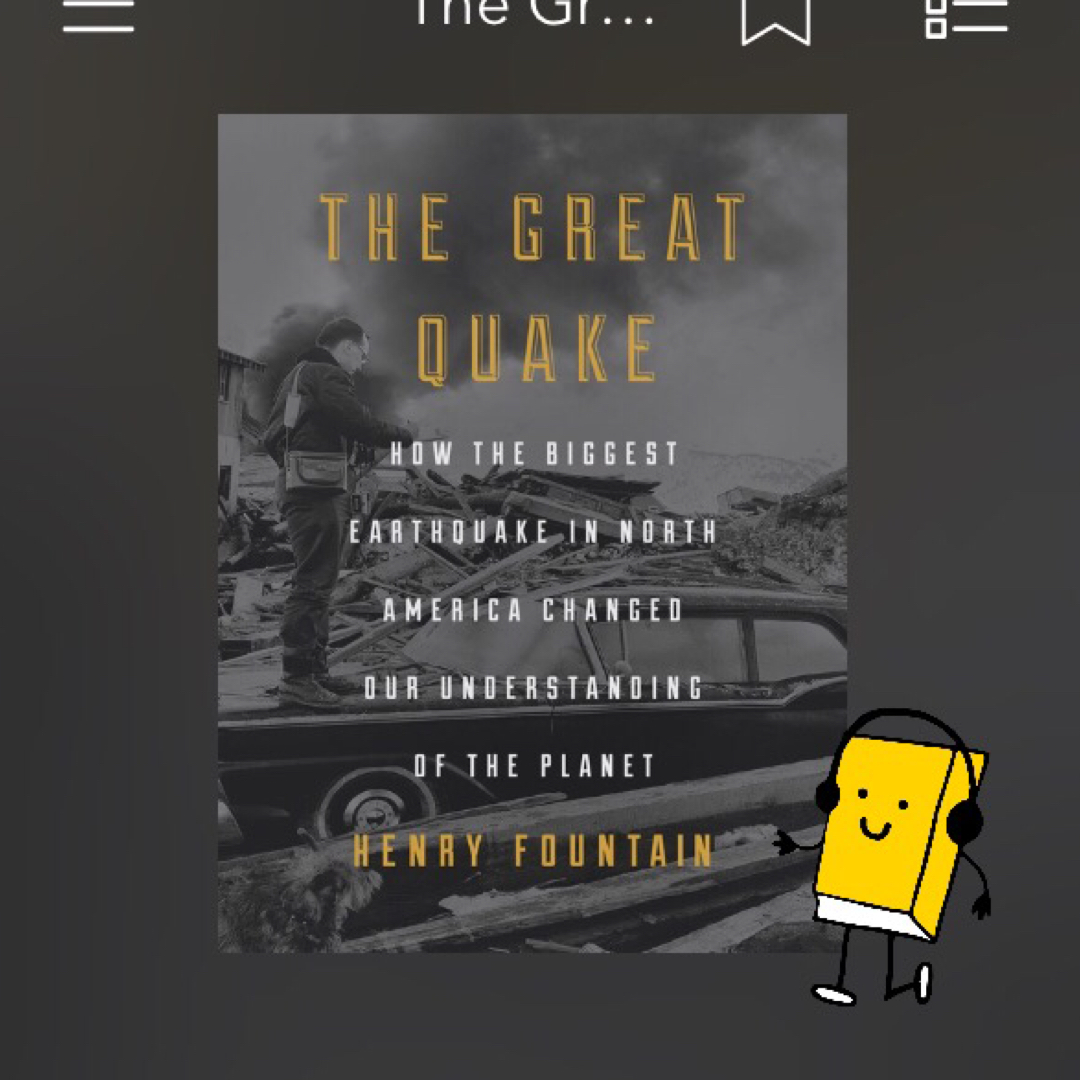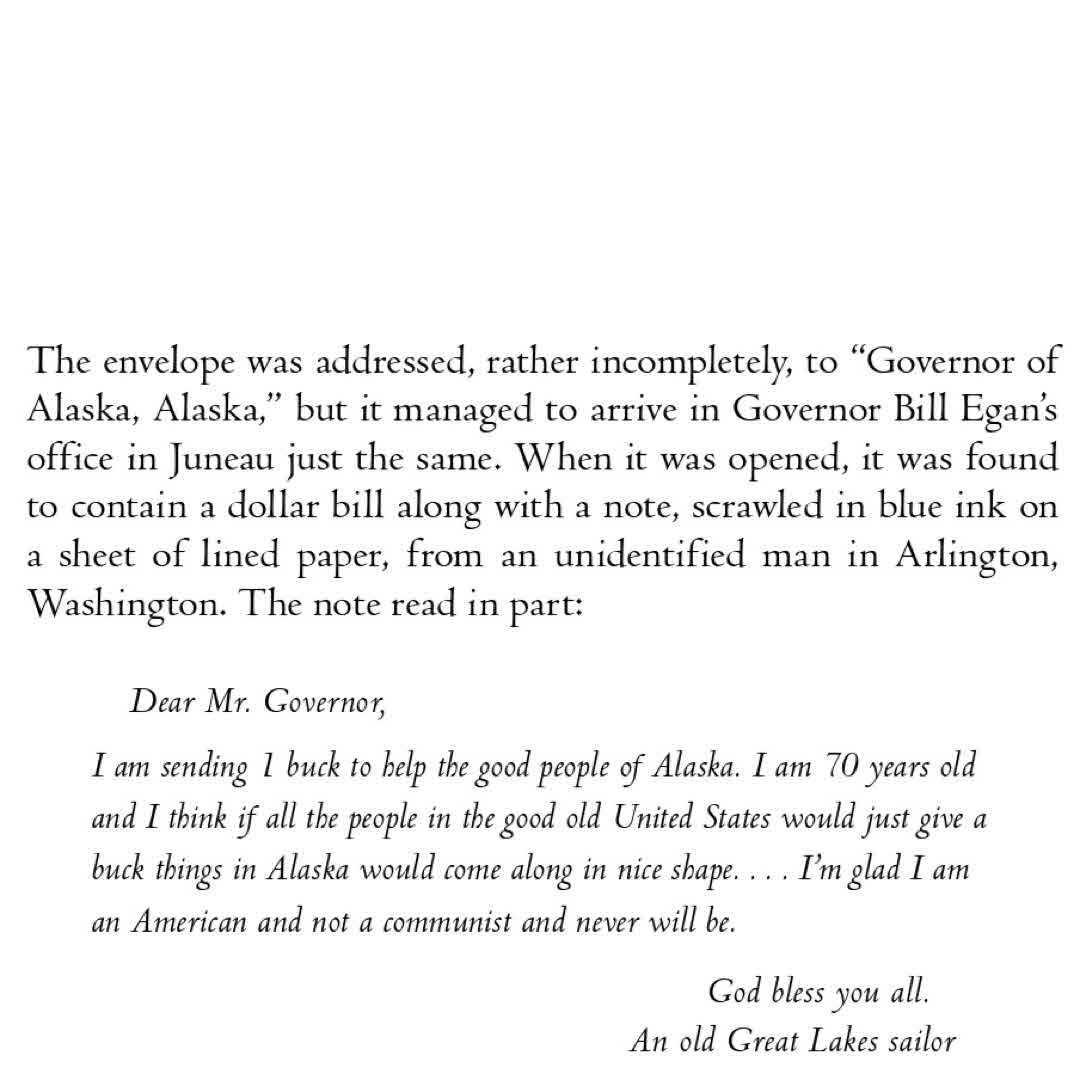
The scientific part of the book was well done, mainly focussed on George Plafker and his work in geology and, after the quake, seismology. The human interest part of the book suffered from being too comprehensive, trying to cover the stories of all of the dead and injured in several chapters before the quake occurred and then during and after the quake in later chapters with the result that they all blurred together.
Low pick/high so-so



































